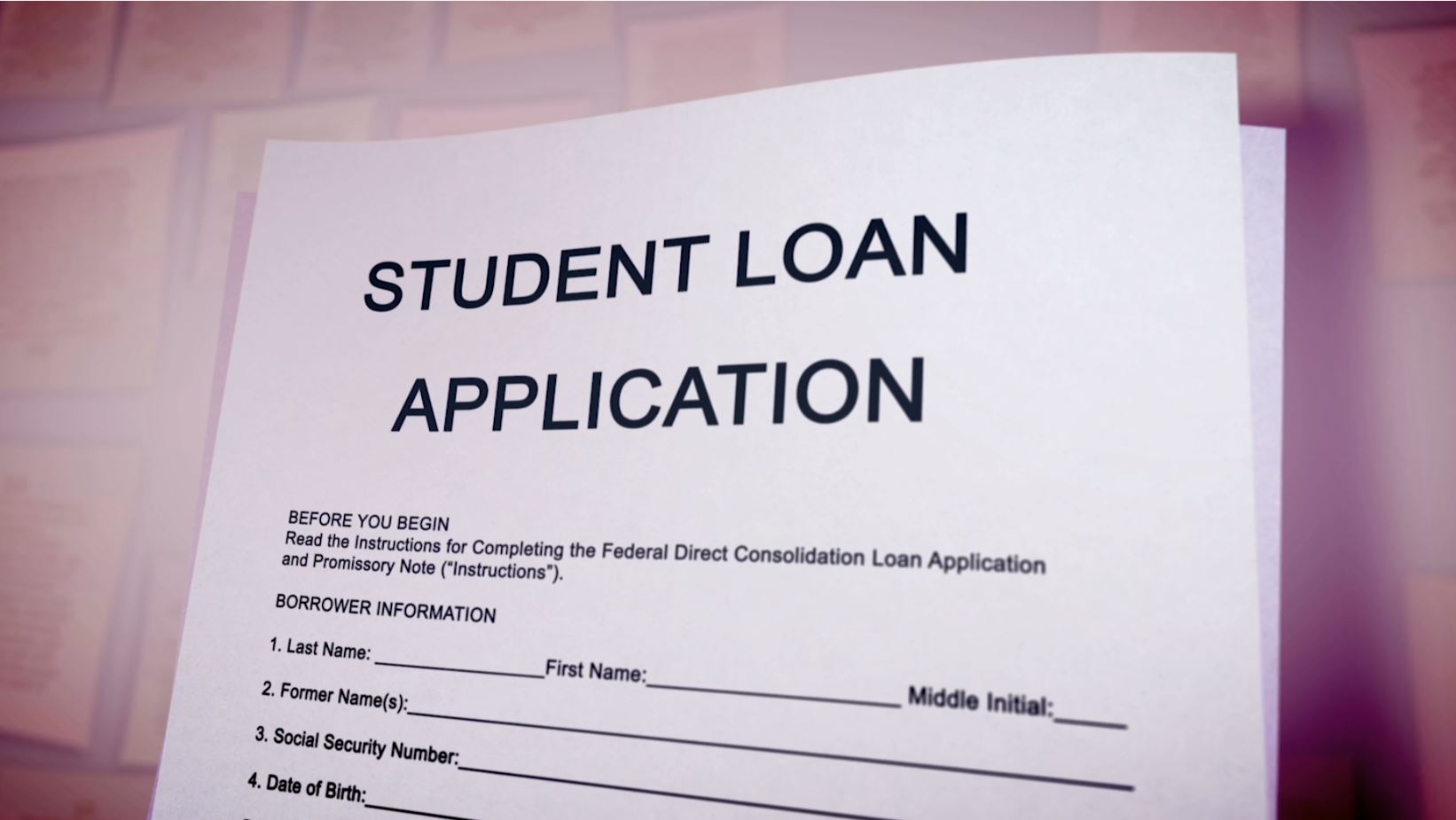The "Geminids" meteor shower, one of the largest meteor showers of the year, will peak Wednesday night and into Thursday morning, but will the weather cooperate?
The Geminids meteor shower differs from many others in that it's produced by an asteroid rather than a comet, NBC 5 Meteorologist Kevin Jeanes said. This leads to slightly brighter meteors that do not produce trails as they do when derived from comet debris.
According to experts, sky gazers could be treated to as many as 120 meteors, or shooting stars, per hour as part of the shower.
Those in the Chicago area can likely see the shower in the early morning Thursday, with the best viewing time likely to be between midnight and 6 a.m.
Feeling out of the loop? We'll catch you up on the Chicago news you need to know. Sign up for the weekly Chicago Catch-Up newsletter here.
While the overnight hours provide the best opportunity to get a look at the meteor shower, it may be possible to see some of Geminids prior to midnight on those dates as well.
The meteors radiate from the constellation “Gemini” which is in the western sky after midnight.
Will the Weather Allow for Optimal Viewing?
Local
According to the NBC 5 Storm Team, conditions should be mostly clear overnight, though a few stray clouds could impact viewing at times.
Couple the lack of cloud cover with the fact we are two days removed from a new moon, and there should be plenty of dark, clear skies to view the meteor shower.
Best ways to view the meteor shower
Jeanes suggests viewers try to get away from city lights, and give your eyes at least 30 minutes to adjust to the darkness. That means you may be outside overnight for awhile -- so dress warm and bring blankets.
Jeanes also recommends using your peripheral vision to locate objects in the sky.
"To get the best possible view of the Geminids, find a spot far from light, face east," the Planetarium said.
More upcoming meteor showers
The Geminids shower will be followed by the Ursids meteor shower during the morning hours of Friday, Dec. 22 and Saturday, Dec. 23.
This shower will likely only draw five to 10 meteors per hour, with a nearly full moon also complicating any potential views of the shower.
The Quadrantids shower will then head toward the Chicago area in January, and is expected to peak on Thursday, Jan. 4. This shower could bring as few as 40 and as many as 100 meteors per hour, and will appear near the Big Dipper in the northeast sky in the early morning hours.
Keep in mind these meteors are still visible outside of their peak dates, as meteor showers often last for weeks around their peaks.



